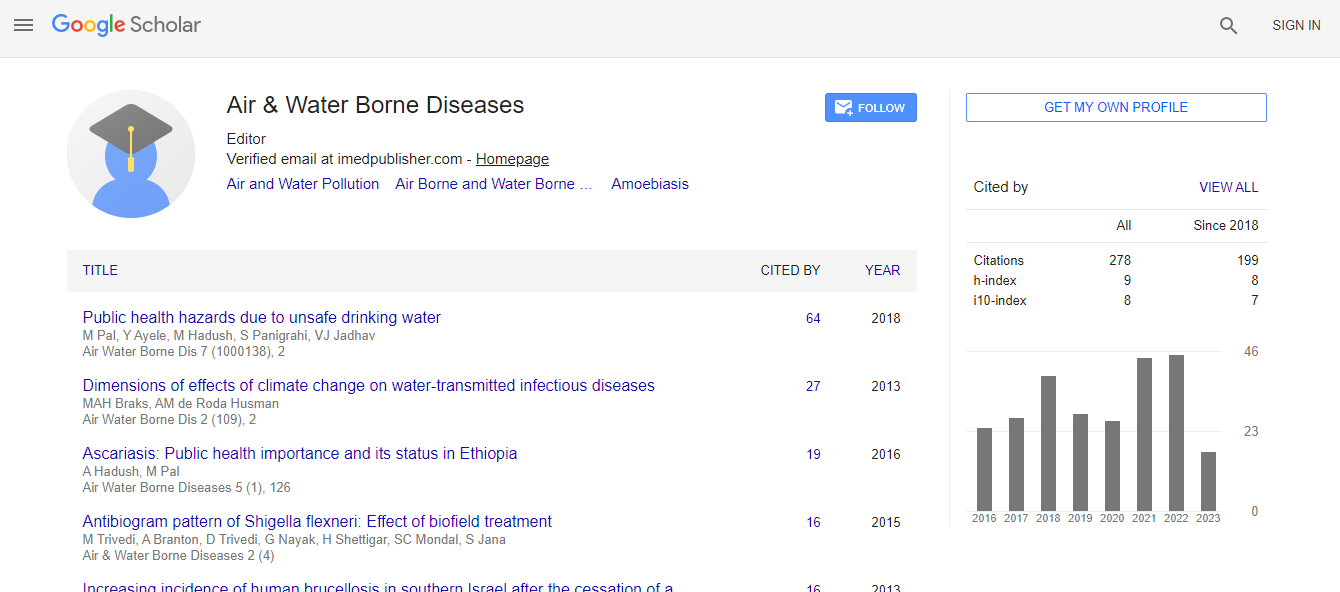Research Article
Development of a Sampling Scheme for West Nile Virus Testing in Urban and Rural Environments
William H Cooke III1*, Katarzyna Grala1, Christopher P Brooks2 and Linda MW Pote31GIS & Remote Sensing, Mississippi State University, USA
2Department of Biological Sciences, Mississippi State University, USA
3Department of Basic Sciences, College of Veterinary Medicine, Mississippi State University, USA
- *Corresponding Author:
- William H Cooke III
GIS and Remote Sensing
Mississippi State University, USA
E-mail: whc5@geosci.msstate.edu
Received Date: June 24, 2013; Accepted Date: August 09, 2013; Published Date: August 16, 2013
Citation: Cooke III WH, Grala K, Brooks CP, Pote LMW (2013) Development of a Sampling Scheme for West Nile Virus Testing in Urban and Rural Environments. Air Water Borne Diseases 2:111. doi:10.4172/2167-7719.1000111
Copyright: © 2013 Cooke III WH, et al. This is an open-access article distributed under the terms of the Creative Commons Attribution License, which permits unrestricted use, distribution, and reproduction in any medium, provided the original author and source are credited.
Abstract
A sampling scheme has been developed for West Nile Virus (WNV) testing in urban and rural environments for four study sites proximal to cities in Mississippi that are representative of a wide variety of ecological conditions. Population clustering and landscape characteristics were taken into consideration for a development of sample stratification scheme that minimizes redundancy for testing for WNV in bird and mosquito populations. The stratification scheme divides census block groups into rural and urban polygons and characterizes similar landscape conditions associated within these polygons. Landform characteristics for water percentage and terrain roughness were measured for these polygons using a GIS zonal statistics function and classified into three categories of roughness and three categories of percent water. Combination of these categories resulted in nine unique index values that provide a simple measure of landscape characteristics. Locating similar index values for urban and rural polygons enables matching of sample sites with similar landscape properties for all four study sites. The implementation of this sample design for testing birds and mosquitoes is important for determining whether WNV disease repository originates in urban environments and spreads to rural areas or vice versa.

 Spanish
Spanish  Chinese
Chinese  Russian
Russian  German
German  French
French  Japanese
Japanese  Portuguese
Portuguese  Hindi
Hindi 